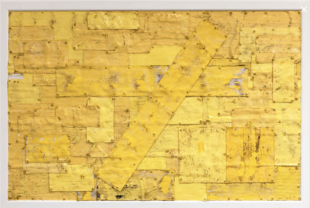Awarded the McCahon House Parehuia artist residency in 2025, Sefton Rani is of Cook Island heritage through his father and his work is an ongoing exploration of his Pasifika identity in the context of working class and industrial Auckland.
Referring to his works as ‘industrial tapa’ Rani sees his work as sculpting in paint to create a contemporary Pacific art that reflects the, in large part, industrial working-class reality of Auckland’s Pasifika community, and eschewing the overtly ‘Pasifika’ motifs and imagery more commonly employed. While continuing to be informed by traditional tapa, carving, tattoo, weaving and tivaevae, his work fits within, or grows out of, the new Pasifika art Dr Karen Stevenson documented in her book The Frangipani is Dead: Contemporary Pacific Art in New Zealand, 1985- 2000 (2008), a product of the Pasifika diaspora, adapting to a new and very different urban context in New Zealand. It is an art that strikes a precarious balance between “where you are” and “where you’re from” and speaks across racial and geographical divisions.
Using the physicality of paint as his primary material, Rani creates his work from solidified paint skins in a process of investigating the sculptural opportunities of paint. It doesn’t just sit flat on a canvas, it bubbles, holds impressions, imitates industrial surfaces, is blowtorched or carved into, or simply exists as an object. His practice reflects the years he spent working in an Auckland paint factory, and both commemorates and elevates the otherwise ignored and unseen labour of Pasifika peoples in hard, manual jobs in Aotearoa.
The multiple physical and narrative layers created in each work’s journey empowers him to interrogate his ‘Pacificness’ while addressing universal themes. Rani’s materials are painstakingly arduous to produce, but Rani’s embrace of the intensity required for their manufacture is emblematic of the emotional weight and hyper materiality that the toil imparts to each piece.. The work pays homage to those who came before him and illustrates how labour is a material with value.
Rani states Making gives me an opportunity to think. To think about heritage arts, think about my place in that lineage, how I feel the ancestors watching, how I strive to extend what Pacific art is.[It ] gives me a reason to research history … which is my way into understanding what it is to be an urban Polynesian as the information of the past was not handed down.

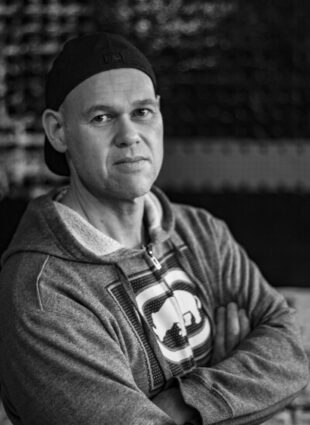
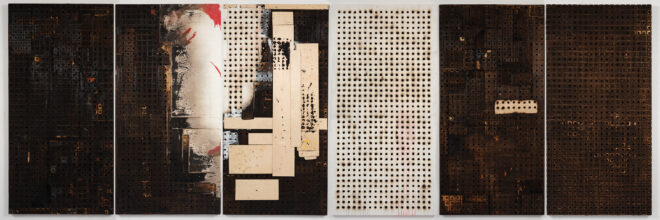
![[detail] Gabrielle, 2005, panel 4](https://trishclark.co.nz/wp-content/uploads/2025/05/Screenshot-2025-05-19-at-1.05.50 PM-660x653.png)
![[detail] Gabrielle, 20025, panel 2](https://trishclark.co.nz/wp-content/uploads/2025/05/Screenshot-2025-05-19-at-1.04.26 PM-660x695.png)
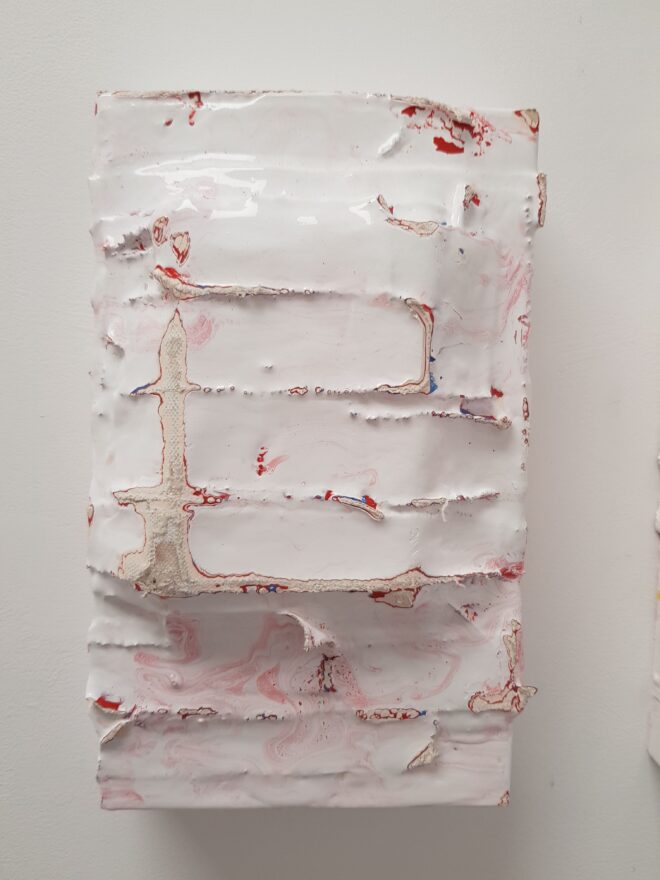
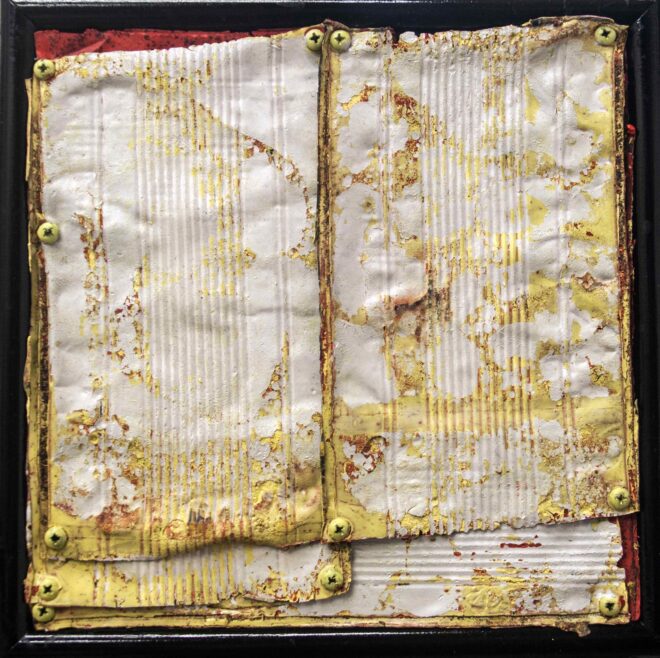
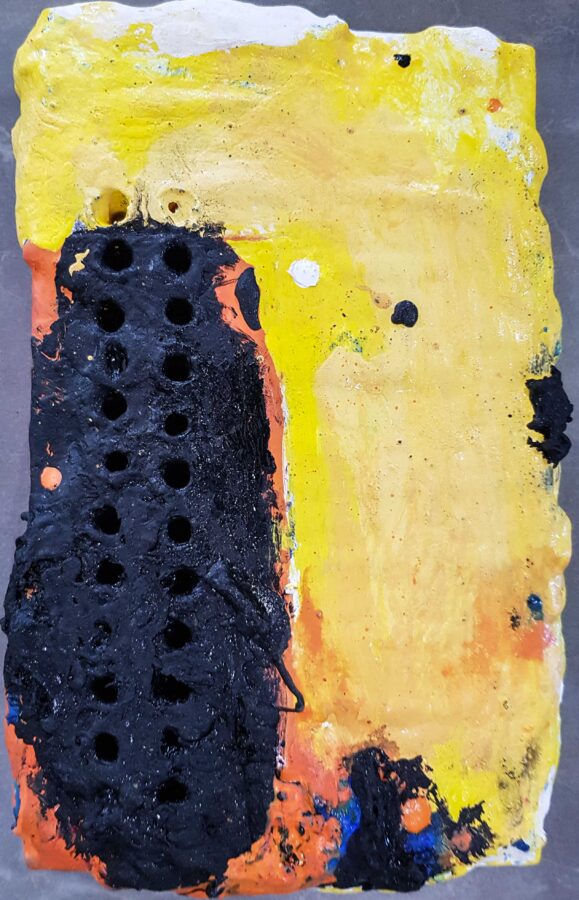
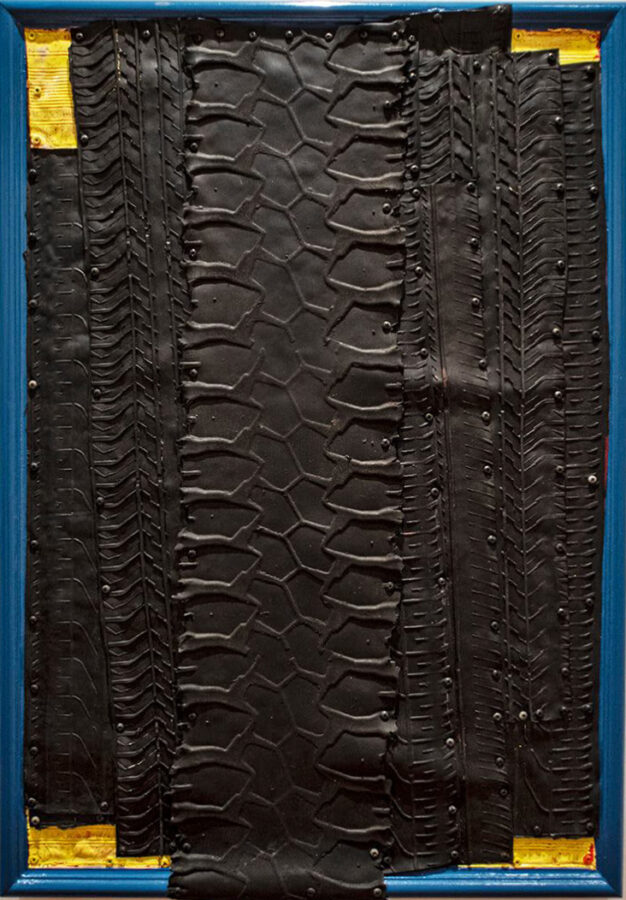
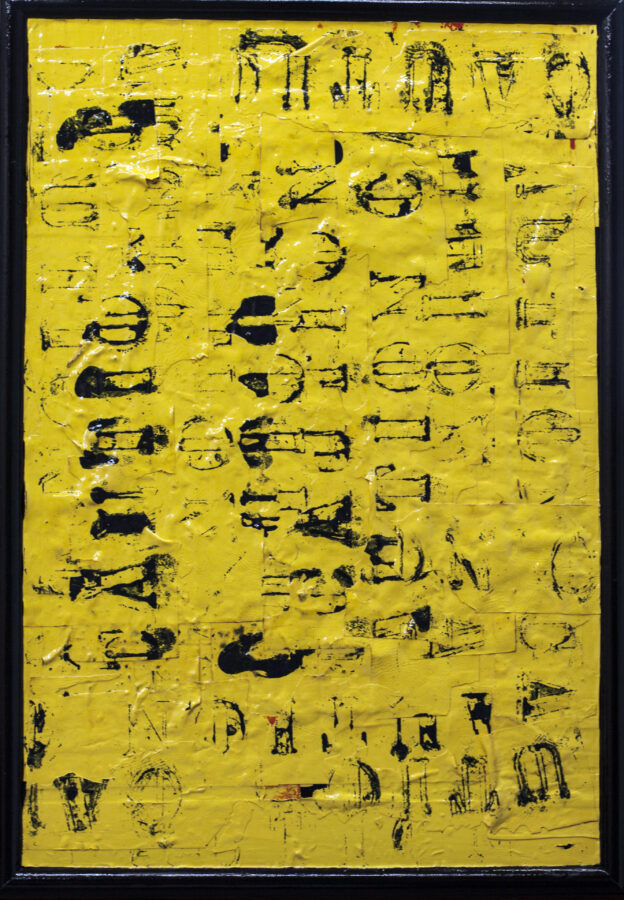
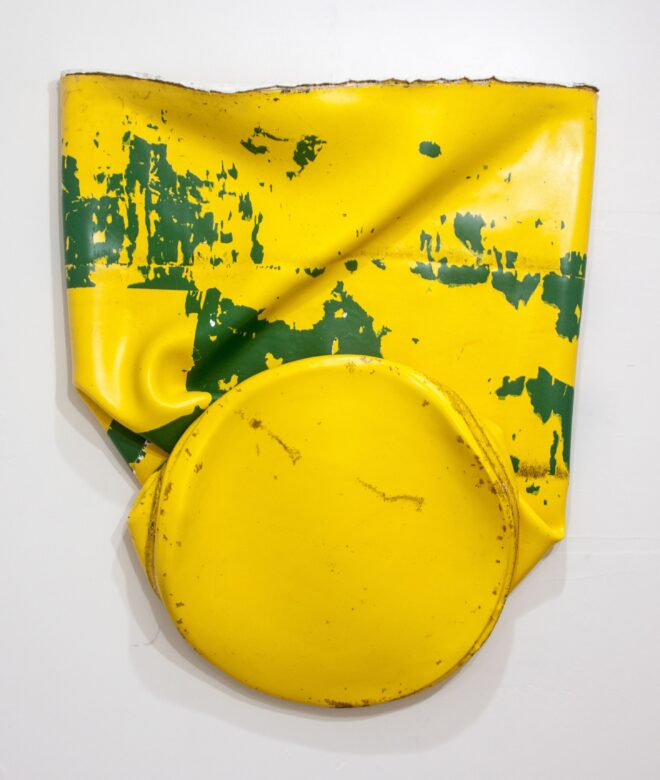
![Industrial Camouflage [The Chaos of Hope]](https://trishclark.co.nz/wp-content/uploads/2025/04/Screenshot-2025-04-26-at-2.47.57-PM-660x397.png)
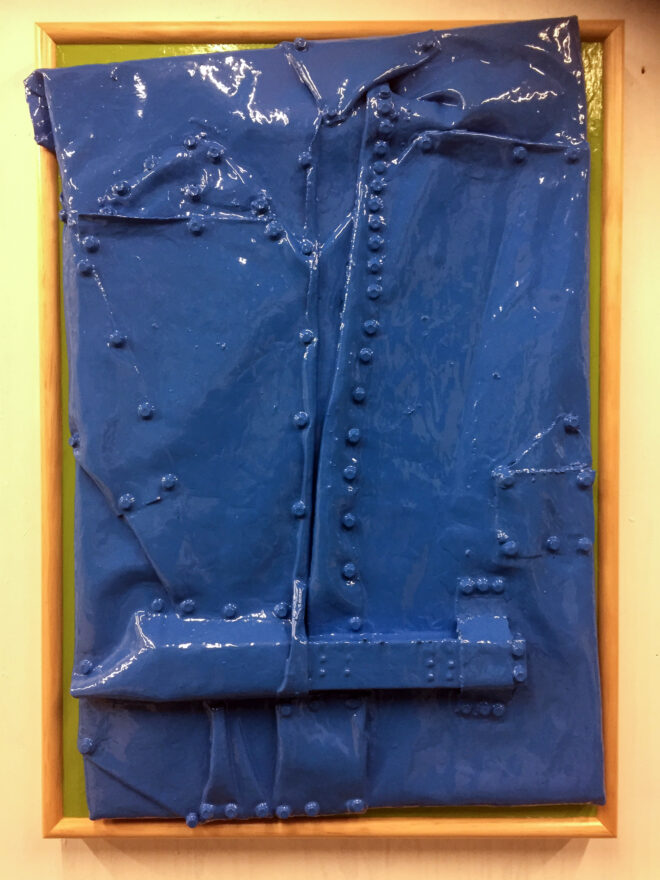
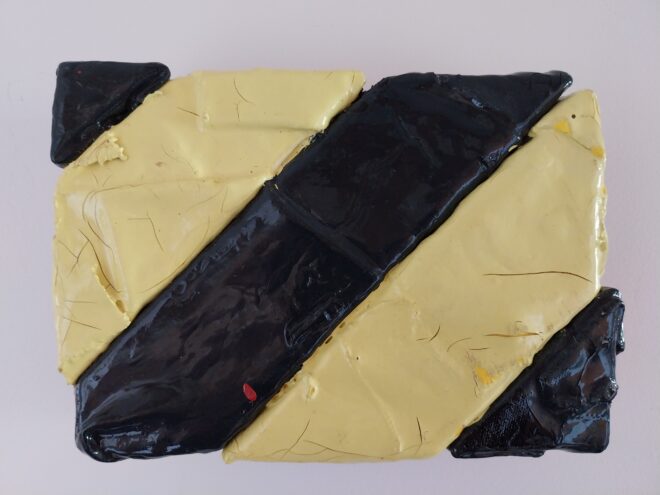
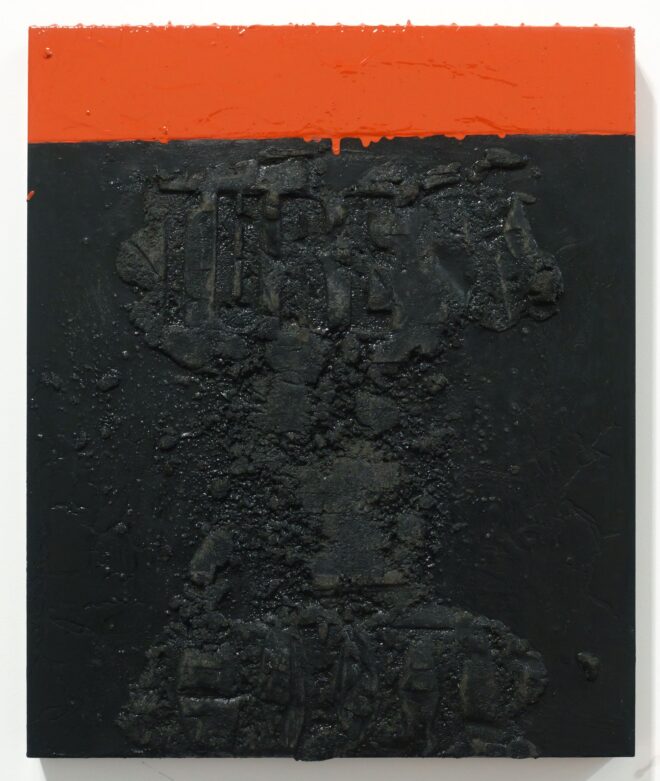
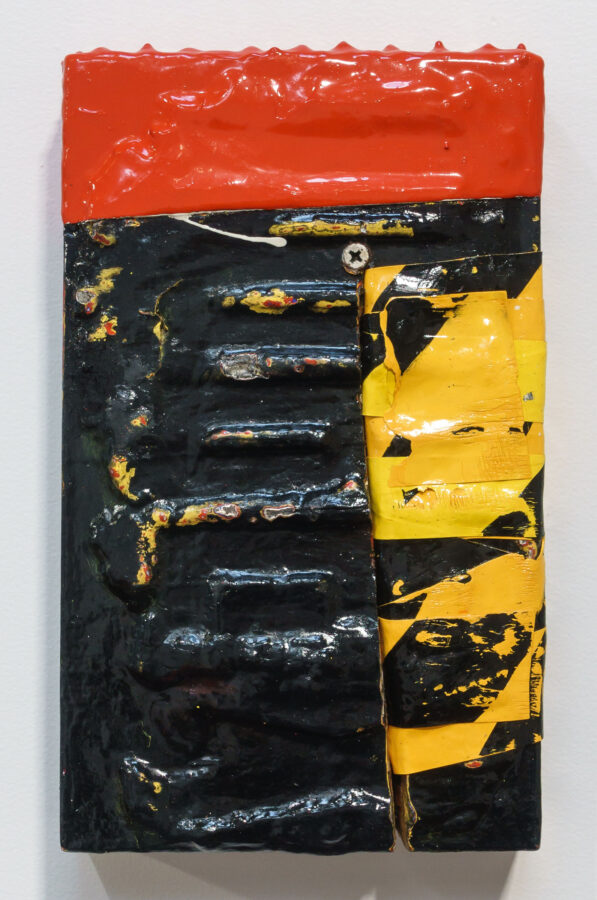
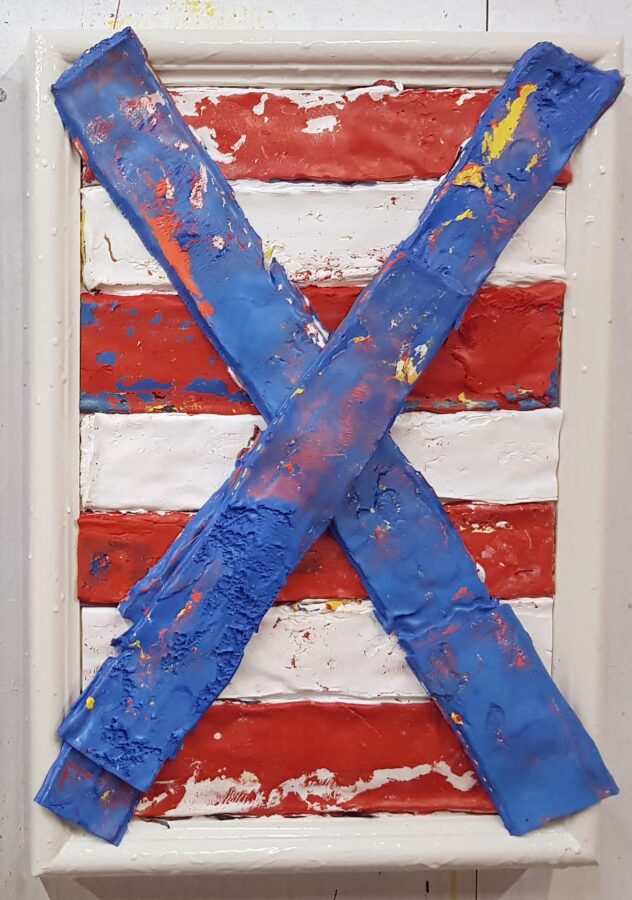
![Industrial Camouflage [The Chaos of Hope]](https://trishclark.co.nz/wp-content/uploads/2025/04/Installation-viewseftonrani-310x208.jpg)

